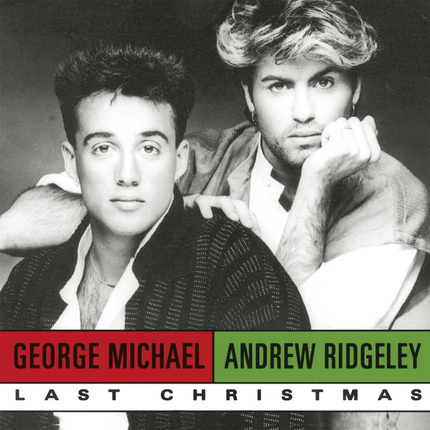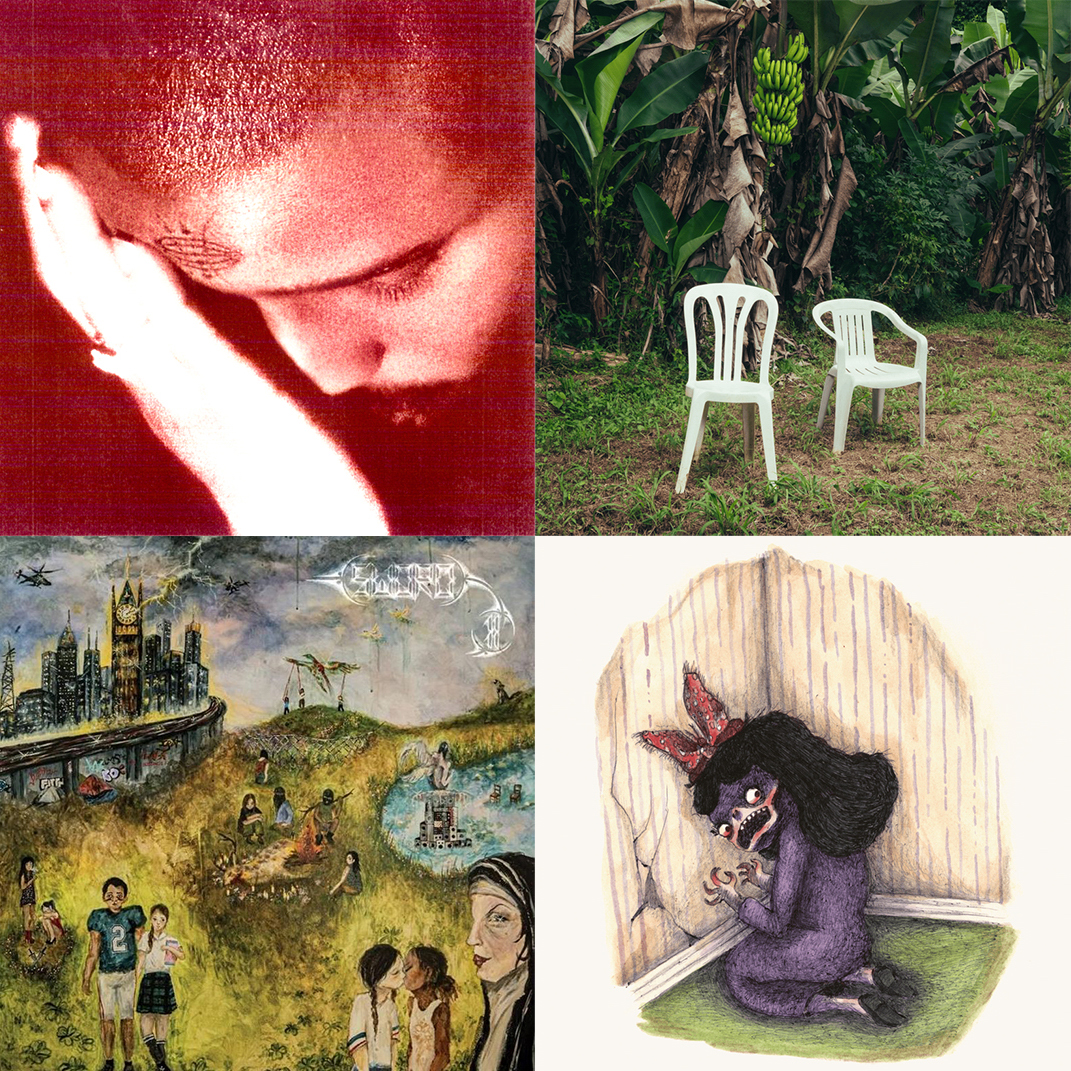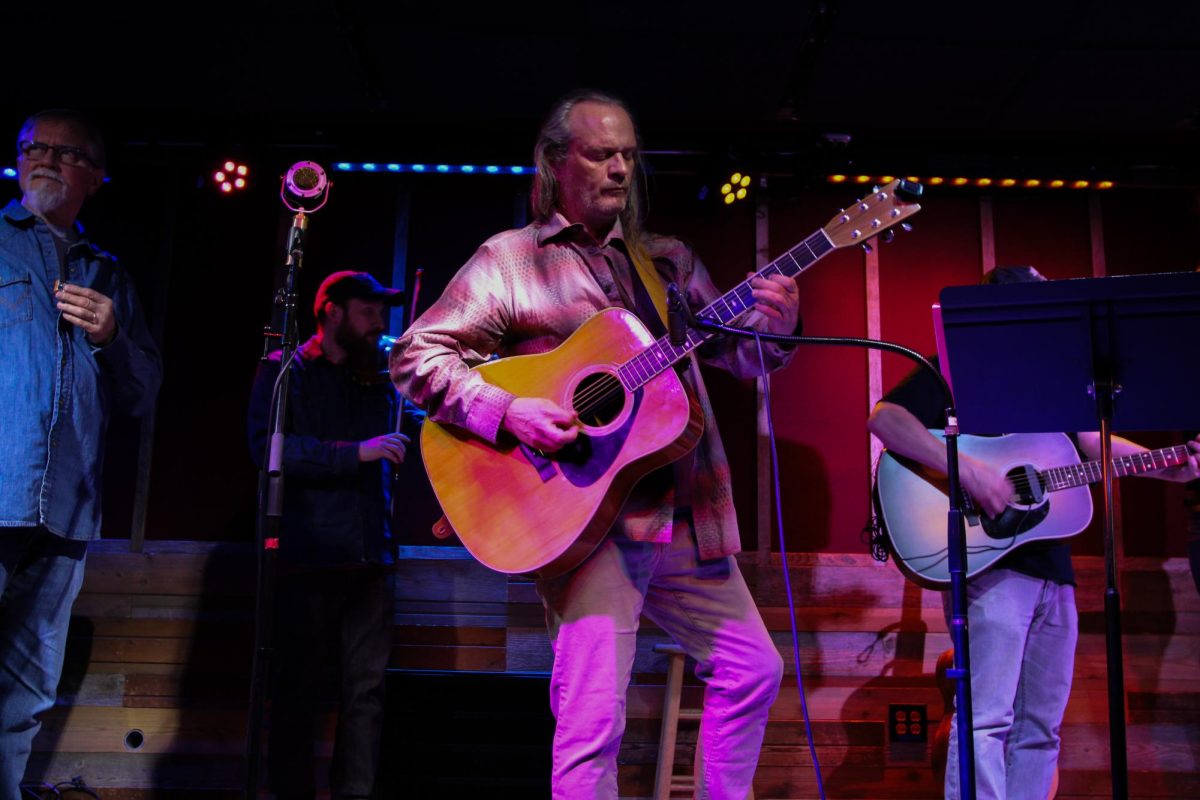Lined with smooth Indiana butternut wood and dressed up with warm LED lights along balcony railings, the lower level of the Foellinger Great Hall inside the Krannert Center for Performing Arts was approximately a third of the way full on Nov. 30.
The crowd, while not massive, carried a particular buzz. It was the Illinois Wind Symphony’s final concert of the semester. The University’s top wind ensemble, formed of 52 musicians, prepared for the performance onstage.
The musicians filled the concert hall with chaotic noise; some played scales while others rehearsed parts of the music that they were about to perform.
Now, the house lights dimmed and the Great Hall was brought to radio silence.
Kevin Geraldi, the conductor of the Wind Symphony, walked out of a door on the lefthand side of the stage and approached the podium while greeted with a round of applause from the audience and floor stomps from his ensemble.
Get The Daily Illini in your inbox!
Geraldi took to the podium for the band’s first piece of the night: “Go Down Moses,” composed by Carlos Simon.
Yet, before Geraldi lifted his baton, the song began with an a cappella solo from Alonza Lawrence, who stood to the left of the ensemble from the balcony.
Lawrence, a postdoctoral research associate in voice with a background in gospel music in the classical setting, met with the ensemble in the days approaching the performance to explain the cultural significance of the piece and, more importantly, the deep roots of the sound.
He explained to the ensemble how “the concert spiritual” was one of the first American musics, developed from enslaved Africans.
“It was derived from Christianity, which was kind of forced on the slaves, or the enslaved Africans,” he said. “Then, they used it as not only a form of praise, but a form of communication, or secret message.”
“The concert spiritual” was created as an art form by a group of people who were not allowed to learn how to read or write. They turned the messages of the bible into songs while relating them to their personal experiences.
“Freedom either came through death or from escaping to the north, crossing the Mason-Dixon Line,” Lawrence said. “And one of the key characters for assisting that underground railroad situation was a woman by the name of Harriet Tubman. Her nickname was ‘The Black Moses.’”
With Harriet Tubman being “The Black Moses,” the original song “Go Down Moses,” contains lyrics that take a double entendre. It could seem that they’re about the biblical story of Moses going “down in Egypt land,” telling the “pharaohs” to free enslaved Israelites, but instead, they were a form of protest music; a call for Harriet Tubman to come down to plantations in the southern United States to free enslaved Africans.
A group of jubilee singers from Fisk University, a historically Black university, would perform these songs in concert. This was what created “the concert spiritual.”
That takes us to the stage of the Foellinger Great Hall roughly 150 years later.
Alonza Lawrence stood above both the ensemble and the audience during his solo. Lawrence said that he was on the balcony to serve as a representative voice for the music, which can be interpreted as a voice from God.
After Lawrence’s vocal solo, the wind symphony began to play an intense and dark tune. Solos from various instruments created triumphant sounds that seemed to express the meaning and messages behind the song. Low brass served as a firm hand in the instrumentation that could be interpreted as the intense daily climate that slaves were forced to live through.
A percussion instrument that sounded like an out-of-tune string instrument made an ugly sound at some points throughout the song, possibly to serve as a representation of the ugliness, darkness and horror of slavery.
After 11 minutes of music, the song faded out on a dark chord. The song’s message, and most prominently its intensity, were brought to life by the musicians.
Next, the band changed up the tone of the room with a short J.S. Bach composition, “How Fervent is My Longing.”
This song was classic Johann Sebastian Bach through and through. The ensemble seamlessly shifted dynamics in waves throughout the performance, playing Bach’s typical open chords and creating a beautiful chorale.
Woodwind-led vocal lines with a supporting backbone from the brass section echoed throughout the Great Hall. Songs like these are what the concert hall and its world-renowned acoustics were built for.
The third song, “Themes and Variations, op. 43a,” composed by Arnold Schoenberg, is another lengthy piece, but one with a lot of personality.
The piece started with lighthearted melodies led by clarinet riffs. It set the mood for a fun and enjoyable piece of classical music. Trumpet solo lines enforced personality.
The latter half of the performance contained unity from the low brass section with thunderous hits on timpani drums. It ended in a grandiose finale, with the entire wind symphony coming together for major chords with triumphant low brass lines. The piece ended with an A-major chord.
Before the beginning of the next song, nearly two-thirds of the ensemble walked off stage to sit out the following arrangement.
Prior to leading the band into “Carnival” by Augusta Read Thomas, Geraldi recognized Thomas, who was in attendance. Thomas came on stage for a few words about the piece.
Thomas said the arrangement played by the wind symphony was a “13-minute snippet version” of the piece that was originally 23 minutes long.
This song starred Ben Roidl-Ward leading the group on bassoon while standing beside Geraldi. Thomas credited Roidl-Ward for being an excellent musician who plays the bassoon with “nuance, technique and attention to detail.”
Those musical attributes of Roidl-Ward shined during performance. The song began with bassoon riffs of ascending sixteenth notes followed by the holding of a whole note that sounded like a signal of a carnival starting.
The bassoon led the ensemble with call and response; Roidl-Ward played some sort of short riff and the wind symphony responded by playing similar lines.
Roidl-Ward’s expertise and passion for the instrument were evident, as he almost danced while playing lighthearted, fluttering solo lines.
The song became very rhythmic near its halfway point, with percussion instruments like bongos and claves to supplement the carnival-like feel of the piece. Roidl-Ward’s bassoon powerfully led the wind symphony until the end of the track.
Geraldi then returned to the microphone and briefly spoke about “A Sousa Spectacular,” which he described as “a fitting way to end (the) concert.” It consisted of three pieces composed by John Philip Sousa, only one of which was a march — which was Sousa’s call to fame.
The first piece, “By the Light of the Polar Star,” was inspired by a train ride Sousa took in the winter, seeing the snow out of the windows.
The elements of the train were ever-present throughout the rendition, with the tuba sounding serving as the steam engine that propels the train, or the ensemble, into forward movement. Bells gave the song a winter-like feeling. Clarinets set the scene of a moody, snowy day, while the brass section highlighted Sousa’s triumphant joyride by train.
Next, the ensemble played “Tango: The Gliding Girl.” Sousa’s inspiration behind this piece came from seeing his daughter dance around his house.
The instrumentation truly brought the gliding girl to life. Dynamic shifts and gliding eighth notes instilled the feeling of dance. While this wasn’t a march, it still contained the classic elements of Sousa; it was big, hearty and grand.
The concert concluded with one of Sousa’s most famous marches, “March: The Gallant Seventh.”
This was one of those classic songs where anyone who has listened to or played music arranged by Sousa could hear his presence throughout the notes from miles away. The instrumentation was very full while the music remained light. Piccolo trills, a trope of Sousa’s, were ever-present throughout the song.
Natasha Kozintseva, senior in FAA, said she enjoyed the Sousa arrangements more than any other performance in the concert.
“I liked them because they were less contemporary,” Kozintseva said. “I liked the harmonies of it more. That’s the main thing: I thought they were prettier.”
Lia Pappas, sophomore in FAA, thought that the selection of music was very different from what the band program normally performs.
“It was a lot more contemporary than other band pieces that we usually premiere here and I think that’s something that the school of music is trying to lean more towards,” Pappas said. “Less of the old canon music and more into something new, something people haven’t heard yet.”






